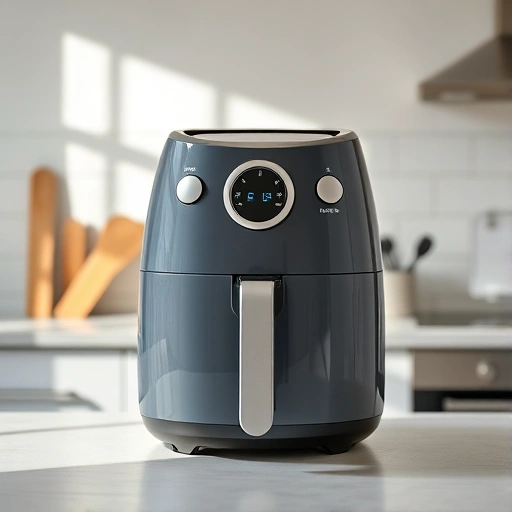
One tablespoon (1 tbsp) of self-raising flour weighs approximately 8 grams in the UK. This measurement is essential for accurate baking, especially when using an air fryer for cakes, muffins, or other flour-based recipes. Whether you're following a recipe from airfryerrecipe.co.uk or converting measurements manually, knowing this conversion ensures consistency in your results.
Baking is a science, and even small discrepancies in flour measurements can affect texture and rise. Self-raising flour contains baking powder, so using too much or too little can lead to dense or overly airy results. For air fryer recipes, precision is even more critical due to the compact cooking space. A digital kitchen scale is the best tool for accuracy, but if you're using tablespoons, knowing that 1 tbsp of self-raising flour equals roughly 8 grams is invaluable.
Many recipes on airfryerrecipe.co.uk/recipes provide measurements in grams for reliability. However, if you only have measuring spoons, this conversion helps bridge the gap. For example, if a recipe calls for 100 grams of self-raising flour, you'd need about 12.5 tablespoons (since 100 ÷ 8 = 12.5). Always level off your tablespoons for the most accurate measurement.
While 1 tbsp of self-raising flour is 8 grams, other common measurements include 1 cup (approximately 120 grams) and 1 teaspoon (about 2.6 grams). These conversions are particularly useful when scaling recipes up or down for your air fryer. For quick reference, bookmark airfryerrecipe.co.uk/air-fryer-conversion-chart to access a full list of measurement conversions.
If you don't have a scale, use the spoon-and-level method. Gently spoon flour into the tablespoon without packing it down, then level off the excess with a straight edge. Avoid scooping directly from the bag, as this compacts the flour and leads to inaccurate measurements. For air fryer baking, even small errors can affect cooking times and textures, so precision matters.
Self-raising flour is a staple for air fryer cakes, scones, and quick breads. Its built-in leavening agent ensures a light, fluffy texture without additional baking powder. Popular recipes on airfryerrecipe.co.uk/recipe-category/cakes often rely on this ingredient for consistent results. Whether you're making a small-batch Victoria sponge or air-fryer doughnuts, knowing your tablespoon-to-gram conversions is key.
For savoury dishes, self-raising flour can also be used for batters or coatings. If you're breading chicken or fish, a light dusting of flour helps achieve a crispier finish in the air fryer. Just remember that 1 tbsp of self-raising flour equals 8 grams, so adjust your quantities accordingly for larger batches.
To maintain its rising power, store self-raising flour in an airtight container in a cool, dry place. Over time, the baking powder in the flour can lose potency, leading to flat baked goods. If your flour is older than six months, test its effectiveness by mixing a spoonful with water—if it doesn't bubble, it's time to replace it. Proper storage ensures your air fryer recipes turn out perfectly every time.